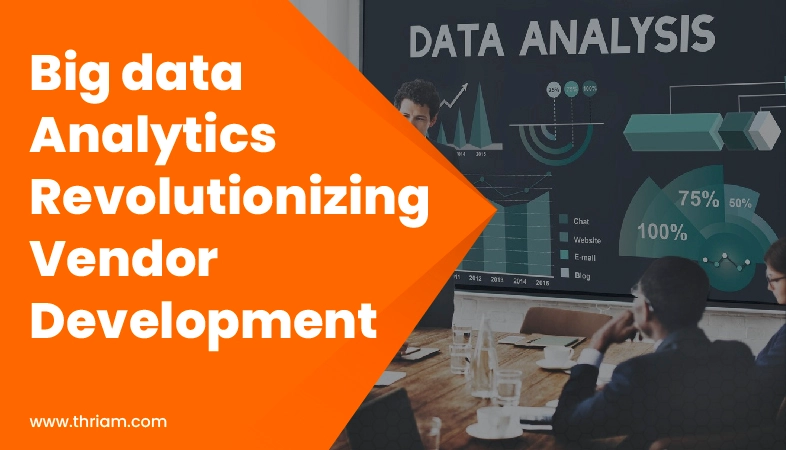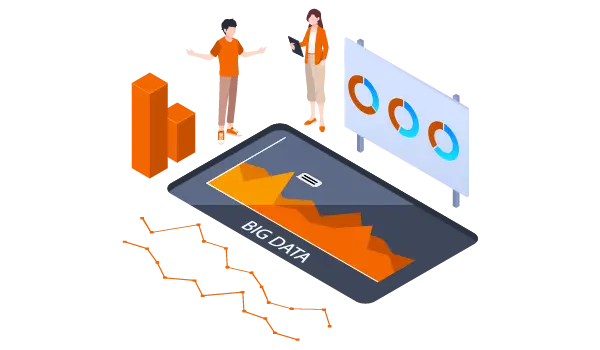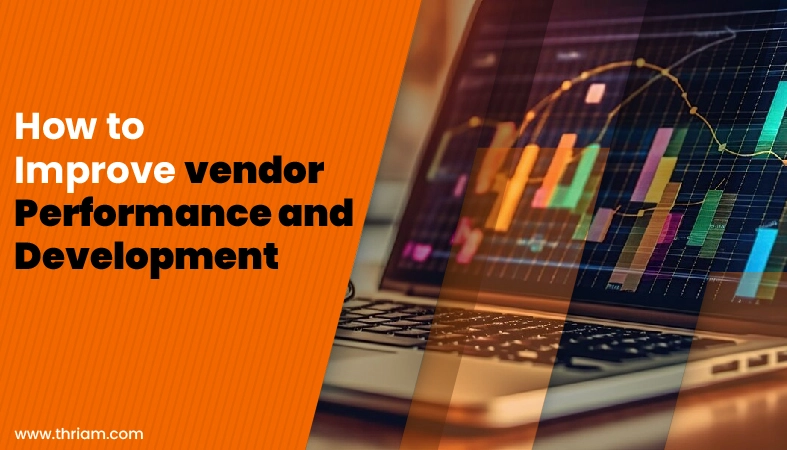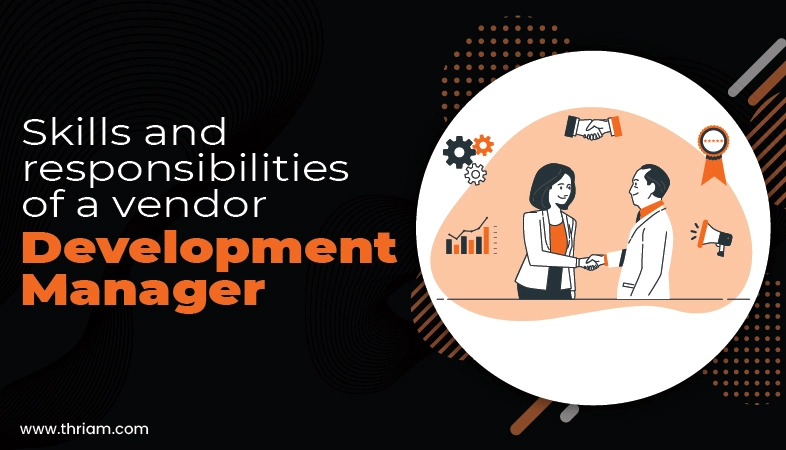Big data analytics revolutionizing vendor development 2024

Introduction
Vendor development is the process of identifying, selecting, and nurturing business partners to ensure operational efficiency and long-term success. In today’s data-driven world, businesses are constantly seeking ways to optimize their operations and make informed decisions. However, traditional approaches to vendor development often rely on manual processes and subjective judgment, leading to errors and inefficiencies. This is where the integration of big data analytics comes into play.
Understanding Big Data Analytics

Big data analytics refers to the practice of extracting insights and patterns from large volumes of data to drive informed decision-making. It encompasses various techniques such as data mining, machine learning, predictive analytics, and natural language processing. By leveraging these technologies, businesses can gain valuable insights and make data-driven decisions, leading to improved efficiency and better outcomes.
Vendor Development and Its Challenges
Vendor development is a strategic process that involves identifying and nurturing potential partners who can meet a business's specific requirements. However, this process comes with its own set of challenges. For instance, it can be time-consuming and expensive to evaluate numerous vendors manually. Moreover, subjective judgment and bias can creep into decision-making, hindering the selection of the most suitable partners. Ineffective or inefficient vendor development can result in delays, quality issues, and increased costs.
The Role of Big Data Analytics in Vendor Development
Big data analytics plays a pivotal role in vendor development by enabling businesses to gain deeper insights into their suppliers' performance, reliability, and potential for growth. Through the analysis of large datasets, companies can identify patterns, trends, and correlations that help optimize vendor selection, negotiate better contracts, and improve supply chain efficiency. By leveraging advanced analytics techniques such as predictive modeling and sentiment analysis, organizations can mitigate risks, anticipate market changes, and foster stronger relationships with vendors. Ultimately, big data analytics empowers businesses to make more informed decisions, drive innovation, and achieve greater competitiveness in the marketplace.
How big data analytics can enhance vendor development:
Objective and Data-driven Decision-making:
Big data analytics allows businesses to analyze large volumes of vendor data, enabling objective decision-making. By leveraging historical and real-time vendor performance data, businesses can identify patterns, trends, and anomalies. This data-driven approach ensures a fair evaluation of vendor capabilities and helps in selecting partners that align with the organization's goals and requirements.
In-depth Vendor Analysis:
Big data analytics provides businesses with the ability to perform in-depth vendor analysis. By analyzing various parameters such as cost, quality, delivery time, and customer satisfaction, organizations can gain valuable insights into vendor performance. This analysis helps identify areas of improvement, potential risks, and opportunities to optimize vendor relationships.
Predictive Analytics for Risk Mitigation:
Big data analytics enables the use of predictive models to assess vendor performance and mitigate risks. By analyzing past vendor data, businesses can identify potential issues that may impact future performance. This proactive approach empowers organizations to address problems before they occur, reducing the chances of delays, quality issues, or other disruptions.
Benefits of using big data analytics for vendor selection and evaluation:
Improved Accuracy and Efficiency:
Big data analytics automates and streamlines the vendor selection and evaluation processes. By eliminating manual work and leveraging advanced algorithms, businesses can quickly assess large volumes of data and make accurate decisions. This improves efficiency and minimizes the chances of human errors or biases.
Cost Reduction:
Big data analytics enables better negotiation and cost management with vendors. By analyzing historical and real-time pricing data, businesses can identify cost-saving opportunities, negotiate optimal contracts, and track the vendor's adherence to agreed-upon pricing terms. This leads to substantial cost reductions and improved profitability.
Enhanced Vendor Performance:
Big data analytics enables proactive monitoring and evaluation of vendor performance. By tracking key performance indicators (KPIs) in real-time, businesses can identify performance gaps and take timely actions for improvement. This ensures that vendors meet quality standards, deliver on time, and consistently provide satisfactory service levels.
Continuous Improvement:
Big data analytics provides organizations with actionable insights to continuously improve vendor development processes. By analyzing data from multiple vendors, businesses can identify best practices, benchmarks, and areas for improvement across their vendor ecosystem. This promotes ongoing optimization and strengthens relationships with high-performing partners.
Tools and Techniques in Big Data Analytics for Vendor Development
A wide range of tools and techniques are available for leveraging big data analytics in vendor development. These technologies can automate data collection, cleanse and organize data, perform predictive modeling, and generate insights and reports. Some common tools used in vendor development include data visualization platforms, machine learning algorithms, and risk assessment models.
For example, machine learning algorithms can analyze past vendor performance data and identify patterns that indicate potential future issues. This can help businesses proactively mitigate risks and avoid partnering with vendors who may cause disruptions or quality problems.
Challenges and Considerations in Integrating Big Data Analytics in Vendor Development
Integrating big data analytics in vendor development does come with its challenges. Businesses must consider factors such as data privacy, data quality, and the availability of skilled resources. Additionally, organizations need to ensure that data collection and analysis processes are aligned with legal and ethical requirements.
It's also crucial to understand that big data analytics is not a one-size-fits-all solution. Every industry and organization has unique requirements and constraints. Thus, customization and flexibility are needed to maximize the benefits of big data analytics in vendor development.
Future Trends in Big Data Analytics and Vendor Development

The field of big data analytics is evolving rapidly, with new trends and technologies emerging. One such trend is the increased use of real-time data analytics. By leveraging real-time data, businesses can instantly monitor and respond to vendor performance, enabling them to proactively address issues and optimize partnerships.
Another trend is the integration of Internet of Things (IoT) devices and sensors in vendor development. IoT devices can collect real-time data on product quality, supply chain performance, and other relevant factors, further enhancing the accuracy and effectiveness of vendor evaluation and selection.
Conclusion
In today's highly competitive business landscape, effectively managing vendor development is critical for success. By integrating big data analytics into the vendor development process, businesses can make more informed decisions, improve vendor performance, and enhance operational efficiency. The ability to leverage large volumes of data and extract valuable insights revolutionizes the way businesses choose and nurture their partners, ultimately leading to more fruitful and sustainable partnerships.
With the continuous advancements in big data analytics and the growing availability of tools and techniques, organizations have the opportunity to transform their vendor development strategies and gain a competitive edge in the market. By harnessing the power of big data analytics, businesses can make smarter decisions, reduce risks, and foster partnerships that drive long-term success.



